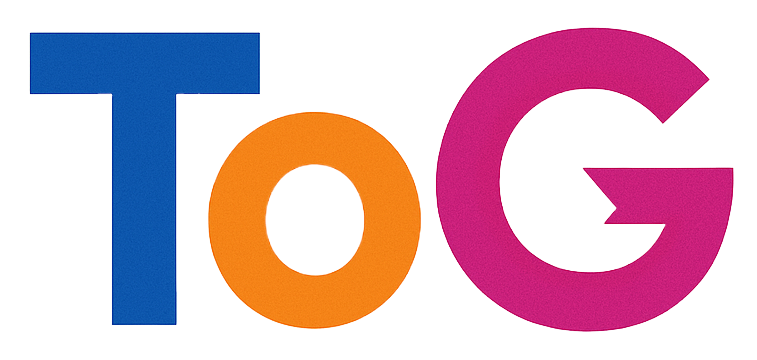Understanding Google’s Indexing Challenges: An In-Depth Look at New WordPress Websites
Introduction
Launching a new website is an exciting milestone for any business or individual looking to establish an online presence. However, even after thorough development and content creation, website owners sometimes encounter unexpected obstacles in gaining visibility on Google. One common issue is a website being “Crawled – not currently indexed,” which can hinder organic traffic and overall Search Engine Optimization (SEO) efforts. In this article, we will explore potential reasons behind this situation and outline strategies to improve your site’s chances of being properly indexed.
Case Study: Analyzing a New WordPress Website
Consider a recently launched WordPress site, www.6design.eu, which features a modern design crafted to captivate visitors. The site is built on an older domain—from over ten years ago—and utilizes a visually rich presentation with elements like Revolution Slider, large images, and dynamic visuals to create a “wow” effect. Despite extensive content development—including high-quality blog posts and resources—the site has yet to attract any organic traffic from Google. Notably, in Google Search Console, the majority of the website’s pages are marked as “Crawled – not currently indexed.”
Key Observations:
– The site was launched several months ago.
– It is connected to Cloudflare for DNS management and security.
– The robots.txt file permits all user agents to crawl the site.
– A sitemap has been created, uploaded, and acknowledged by Google.
– Manual crawling attempts have not resulted in successful indexing.
– Despite these measures, the site remains unindexed, with errors persisting over days.
Potential Causes and Solutions
- Crawl Budget and Site Structure
- Issue: Large images and heavy use of sliders can slow page load times, potentially affecting crawl efficiency.
-
Solution: Optimize images for web, implement lazy loading, and consider simplifying the homepage to enhance speed. Use tools like Google PageSpeed Insights to identify specific bottlenecks.
-
Content Quality and Uniqueness
- Issue: Ensure that your content is original, valuable, and aligns with your target keywords. Duplicate content or low-quality posts can hinder indexing.
-
Solution: Conduct a content audit to verify uniqueness and relevance. Focus on creating comprehensive, well-structured content that appeals to both users and search engines.
-
Technical SEO Aspects
- Robots.txt and Meta Tags: Double-check your robots.txt and meta

